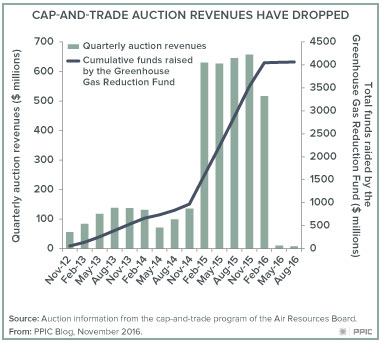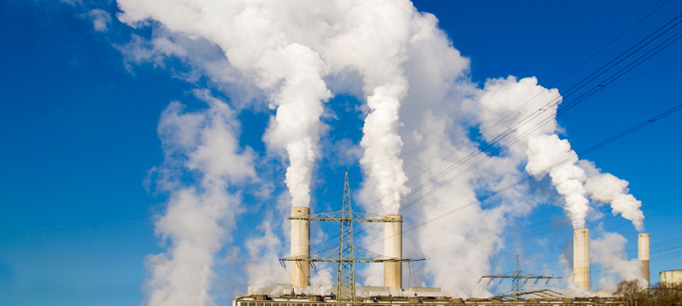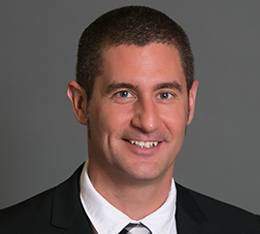 To date, California’s actions to combat climate change have been funded mostly through its cap-and-trade program, which allows the state to collect funds from greenhouse gas emitting sources. California was the first state to institute a cap-and-trade program. To date it has collected more than $4 billion in auctions of permits to companies and significantly reduced greenhouse gas emissions through the program. But the state program has been challenged in the courts, and its statutory authority is set to expire in 2020. At least in part due to the program’s uncertain future, there has been a drastically reduced collection of revenues this year.
To date, California’s actions to combat climate change have been funded mostly through its cap-and-trade program, which allows the state to collect funds from greenhouse gas emitting sources. California was the first state to institute a cap-and-trade program. To date it has collected more than $4 billion in auctions of permits to companies and significantly reduced greenhouse gas emissions through the program. But the state program has been challenged in the courts, and its statutory authority is set to expire in 2020. At least in part due to the program’s uncertain future, there has been a drastically reduced collection of revenues this year.
The program is an interesting blend of regulation and free-market practices. The Air Resources Board—the agency in charge of the program—sets a cap on state’s greenhouse gas emissions and allocates emission permits for each company that releases them. Usually the permitted amount of emissions is lower than the company’s current level of emissions. To make up the difference, companies have the option to buy more permits from the state or from other companies that can reduce their emissions at lower cost. These permits, both private and public, are auctioned quarterly in a public online market. This market-based mechanism enables the state to promote technological innovation and brings flexibility to the effort to reduce emissions.
The funds collected also serve to pay for mitigation and adaptation programs. Under the current law, 60 percent of cap-and-trade proceeds are continuously appropriated to public transit, affordable housing, sustainable communities, and high-speed rail. The remaining funds are appropriated on a one-time basis each year to programs for disadvantaged communities, clean transportation and the environment. As of this September nearly $2.3 billion had been appropriated, including more than $700 million for high speed rail, almost $500 million for affordable housing and sustainable communities programs, $325 million for low carbon transportation, more than $200 million for transit programs, and the remaining for a variety of other programs including energy efficiency, agriculture, forests, and other environmental programs.
This year’s one-time investment will go to support programs that reduce greenhouse gases while benefiting disadvantaged communities, support clean transportation, and help protect ecosystems. The legislature and governor were unable to come to an agreement to spend all of the discretionary funding, and reserved an additional $462 million for future appropriations. This decision may have been motivated by uncertainties surrounding the future of the cap-and-trade program.
Virtually all allowances that were offered for sale in cap-and-trade auctions in 2015 by the Air Resources Board were sold. However, that has not been the case in 2016. The February 2016 auction saw a small amount of allowances go unsold. In the May and August 2016 auctions, the Air Resources Board sold less than 2 percent of the allowances offered. As a result, the May 2016 auction brought in only $10 million, and the August auction brought in $8 million—compared to $517 million from the February auction.
If the state does not address these uncertainties, revenues may continue to be small, forcing the state to cut spending on programs funded by cap-and-trade or look for other ways to meet its ambitious actions to address climate change.


